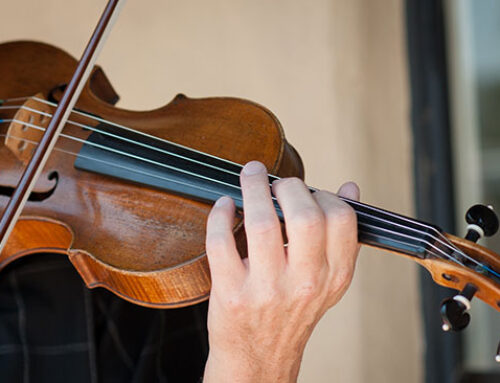Mastering the violin requires not only talent but also diligent practice. Effective violin instruction goes beyond teaching techniques; it also includes guiding students on how to practice efficiently. Here are some practice strategies recommended by experienced violin teachers to help students progress and improve their skills.
Set Clear Goals
Before picking up the violin, it’s essential for students to have clear objectives for each practice session. These goals could range from mastering a specific passage to improving intonation or rhythm. Setting achievable and measurable goals helps students stay focused and motivated during practice.
Focus on Technique
Solid technique lays the foundation for mastery of the violin. Violin teachers often advise students to dedicate part of their practice time to technical exercises such as scales, arpeggios, and bowing exercises. By focusing on proper hand positioning, bow control, and finger dexterity, students can develop a strong technical foundation that will benefit them in their repertoire.
Break It Down
When tackling challenging pieces or passages, breaking them down into smaller, manageable sections can make practice more effective. Violin teachers encourage students to identify problem areas and isolate them for focused practice. By gradually mastering each section before integrating them into the whole piece, students can overcome difficulties more efficiently.
Practice Slowly and Deliberately
Speed is often a temptation for eager students, but practicing slowly and deliberately yields better results in the long run. Violin teachers emphasize the importance of practicing at a tempo where students can maintain control and accuracy. Slow practice allows students to focus on technique, intonation, and musical expression, laying a solid foundation for faster tempos later on.
Use a Metronome
A metronome is a valuable tool for improving timing and rhythm. Violin teachers recommend using a metronome during practice to develop a sense of pulse and precision. Gradually increasing the tempo as students become more comfortable with a piece helps build confidence and ensures rhythmic accuracy.
Record and Review
Recording practice sessions can provide valuable feedback for students. Violin teachers encourage students to listen to recordings of themselves playing to identify areas for improvement. Listening critically to recordings can help students pinpoint intonation issues, phrasing inconsistencies, and other nuances that may go unnoticed during playing.
Practice Regularly
Consistency is key to progress in violin instruction. Violin teachers advise students to establish a regular practice routine and stick to it. Even short, daily practice sessions are more beneficial than infrequent, marathon sessions. Regular practice helps reinforce muscle memory, improve technique, and build stamina.
Takeaways
Effective practice strategies are essential for success in violin instruction. By setting clear goals, focusing on technique, breaking down challenging passages, practicing slowly and deliberately, using a metronome, recording and reviewing performances, and maintaining a regular practice routine, students can maximize their progress and reach their full potential as violinists. With guidance from experienced violin teachers like Paul Ciolek, students can develop the skills and discipline necessary to excel in their musical journey.






Leave A Comment